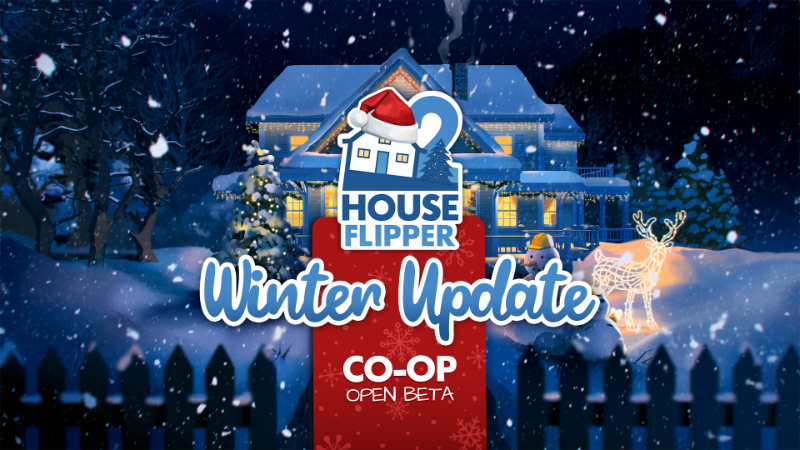/cdn.vox-cdn.com/uploads/chorus_image/image/69853957/CrosbyTip_16x9.0.jpg)
Image: EA Vancouver/Electronic Arts
NHL 21’s Be a Pro mode might have been more accurately called “Be a Rookie.” Granted, EA Vancouver overhauled the single-player career fantasy, but the enjoyment was short-lived. Our review of NHL 21 found that a lot of its appeal was limited to the player’s rookie year, a disappointment for fans of one of the series’ most popular modes.
Be a Pro in NHL 22 will pack in new storylines and career goals, as if to specifically answer that criticism. “We saw a big opportunity to really fill in that gap with new content, and challenges that take longer and have longer form,” Clement Kwong, NHL 22’s lead producer, told Polygon last week.
“So, like, winning multiple division awards,” Kwong elaborated, “you take a player like Pat Maroon these past couple of seasons, he’s probably living the dream as a player, winning multiple cups on multiple teams.” Maroon won a Stanley Cup in St. Louis in 2019, signed with Tampa Bay as a free agent for 2020, and won rings with the Lightning in each of the past two seasons. “That’s an example of something that we can now do in the mode.”
Combined with the first-time inclusion of Superstar X-Factors — boosts and traits available to created players and the league’s top 150 stars — Kwong reasons that Be a Pro for NHL 22 will offer stronger, more RPG-like appeal to building up a character and sticking with them over multiple seasons.
:no_upscale()/cdn.vox-cdn.com/uploads/chorus_asset/file/22791387/JonesFaceoff_16x9.jpg)
Image: EA Vancouver/Electronic Arts
Superstar X-Factors are being threaded into every mode of NHL 22, in Be a Pro as well as Hockey Ultimate Team, the team-control Franchise mode, and World of Chel, the online multiplayer suite that debuted in 2018. Madden NFL introduced the concept two years ago as a way to make stars appear and play more like stars. Kwong said NHL 22 developers are going for the same differentiation with their virtual player population, but promises that they’re not making a strict copy of what their colleagues at EA Tiburon have done in American football.
“We have to make it make sense for hockey, right?” Kwong said. “Hockey is a flow game, where things can change on a dime, and it’s a really high-speed game. So, we don’t look at how you counter [special] abilities in the same way [as Madden]. We wanted to introduce a kind of new layer of strategy that was unique to hockey, in terms of how you counter set abilities. We want to make sure with a team-based game, especially where it ties into [team] chemistry, with Be a Pro, that you have multiple options to counter an offensive ability with your defense.”
This means for players who want the extra depth in game-planning they can fixate on tactics like stick or poke checking, or diving into shots, to neutralize players who are gifted at making plays at high speed, or at shot accuracy with a one-timer.
“What we’re talking about here is beyond upgrades, beyond attributes,” Kwong said, “and more behaviors as simple as, shot error; your capacity for being in a perfect position; how long does it take for a player to settle the puck, are you bobbling the puck.”
Building the list of abilities, and the players that would exhibit them, boiled down to a kind of top-of-mind exercise, Kwong said, where developers thought of what they’d say to a friend if they pointed out a player on the TV and asked “What’s that guy do?”
“My girls always ask, ‘Hey, who’s that player?’” Kwong said. “When we’re watching Edmonton, it’s like, ‘Hey, who’s 97?’ [Connor McDavid.] I’m like, ‘That is the best player in the league right now; he is known for being able to do things at top speed.’ And then from there, we took that list of abilities and asked, ‘How do we realize the goal of wanting to update and change the strategy, from moment to moment.’”
The storyline additions and goals in Be A Pro notwithstanding, most of the enhancements Kwong described for Polygon last week sounded like changes serving more than one mode, if not all of them.
Last month, he assured Polygon that all versions of the game — the previous console generation and the current one — will share the same features. A big reason the PlayStation 4 and Xbox One’s visuals will still get an enhancement is because they’re switching over to the Frostbite engine, the last of EA Sports’ three licensed team sports to make that change. It’s tough to articulate as a back-of-the-box marketing promise, but the hope is that makes everything more enjoyable, the same as introducing an all-new gameplay module or multiplayer playlist.
World of Chel’s upgrades are “really focused around getting together with friends, staying with friends. It was one of the key things we talked about during our production cycle,” Kwong said. “The other thing was just helping what we call the social hub feel more alive with a new 3D environment. Obviously, this is a mode where a lot of our players spend a fair amount of time in the [user interface] right? Those were kind of the two areas where, while the game play is fun, it was pretty frustrating, trying to get into [multiplayer lobbies] and then after games, trying to stay together.”
NHL 22 launches Oct. 15 for PlayStation 4, PlayStation 5, Xbox One, and Xbox Series X.


